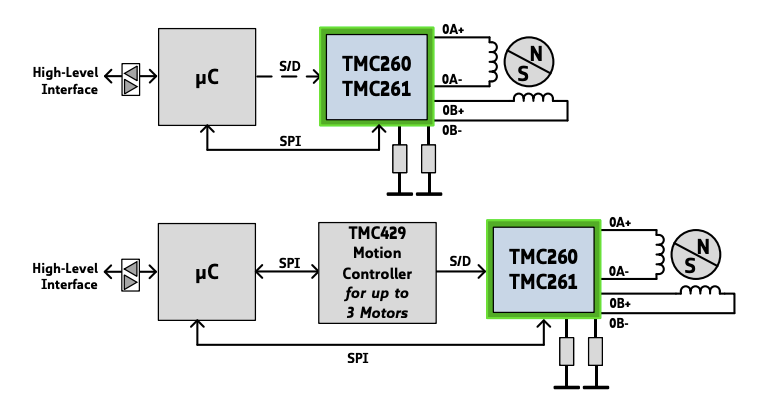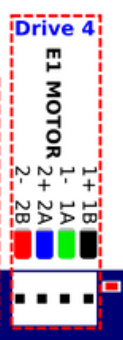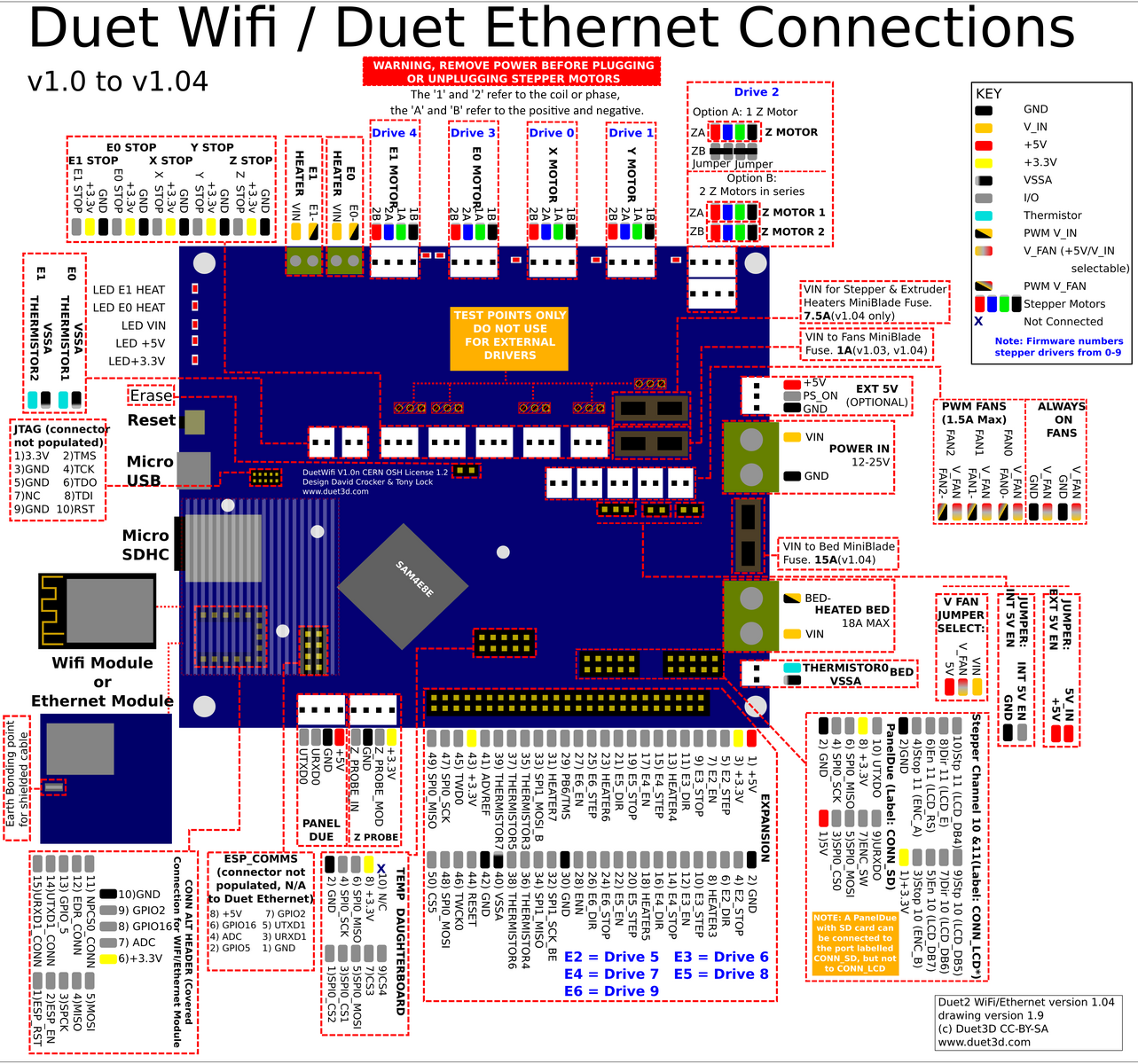Request change to wiring diagrams
-
@fcwilt I totally understand what you're saying wrt significant digits, but I've also been around enough engineering, systems, and software to know a) people do strange things, and b) there always seems to be more conventions when I think I've "seen them all."
Not everyone has the same experience, and it's not unreasonable for people to not have all the right debugging tools. So, if I plug in a hearty stepper with the circuits crossed, I just get the "driver ground fault" error. So it seems safe to experiment with the pin out when things aren't working.
The other thing that could lead someone to place more emphasis on the A & B is because those seem to be the dominant names for the pins.
It's not unreasonable when you can read
1A & 2AasFirst A and Second A. We even do it in our colloquial speaking, 1A and 2A are the First and Second Amendments.I'm sure I could think of more examples, but I think I've described how it's reasonable to mistakenly, (or out of sheer desperation) read them that way.
-
@gnydick said in Request change to wiring diagrams:
but I've also been around enough engineering, systems, and software to know a) people do strange things
Indeed.
What's that old saying about making a system idiot proof just to have the universe create a bigger idiot?
Frederick
-
@gnydick said in Request change to wiring diagrams:
This is very confusing because the naming convention here also uses A and B.
+1 for confusing. I hit the same issue recently when working on the stepper motor analyzer. First did it the intuitive way and then changed to the Duet's way.

Most of the notation I have seen, including in Wikipedia, letters denote coils and digits or +/- denote polarity.
As for using multimeter, can it be used to determine the coil association on the Duet's connector pins?
-
@fcwilt exactly, lol
-
Here is the coil outputs notation in the Trinamic datasheet.

-
@zapta yes, thank you!
-
there is more documentation for those in need; https://duet3d.dozuki.com/Wiki/Choosing_and_connecting_stepper_motors#Section_Using_the_internal_drivers with less room for ambiguity.
(it also shows maestro and duet3 having been changed already)
-
@gnydick, we agree with you. That's why all our more recent boards, including all production Duet 3 series boards, label the outputs A+ A- B+ B-.
-
@bearer said in Request change to wiring diagrams:
(it also shows maestro and duet3 having been changed already)
Very good. We were knocking on an open door.

-
@gnydick said in Request change to wiring diagrams:
At the very least, you could put a comment on the wiring diagram that tells you 1 & 2 are the different coils and to NOT map A & B to the motor diagram's A & B.
For Duet 2 this suggestion looks reasonable.
-
I have updated the wiring diagram:

-
@T3P3Tony thank you for the effort, but that's more confusing. The whole point was that all the motor diagrams seem to indicate A loop and B loop. This new diagram only makes sense if you understood it to begin with. Keep in mind, I'm viewing this from the "n00b" point of view. I'm suggesting making it fool proof, as there are lots of little pitfalls that can result in $200 mistakes.
-
ahh ok, fine, changed to that.
-
Don't want to seem boring, but according to
"On Duet 2 WiFi/Ethernet these are labelled '2B 2A 1A 1B' on the back of the board, and on the wiring diagram. The '1' and '2' refer to the coil or phase, the 'A' and 'B' refer to the positive and negative."
"+" and "-" are currently reversed. -
@Swift-Tester thats why i left the original labelling on the diagram as well as the AB+- which is to help those like @gnydick who are referring to a diagram labelled with AB+-
The +/- are consistent with other Duet diagrams that use this scheme (i.e. black is A+ etc)
-
basically as long as you realise that the two pairs are on pins 1,2 and 3,4 respectively its all good, you can use M569 to set the motor direction as required.
-
I do not have the source, but IMHO this sketch is consistent with Wiki and have the information about special notation D2W uses. The rest is up to the reader.
